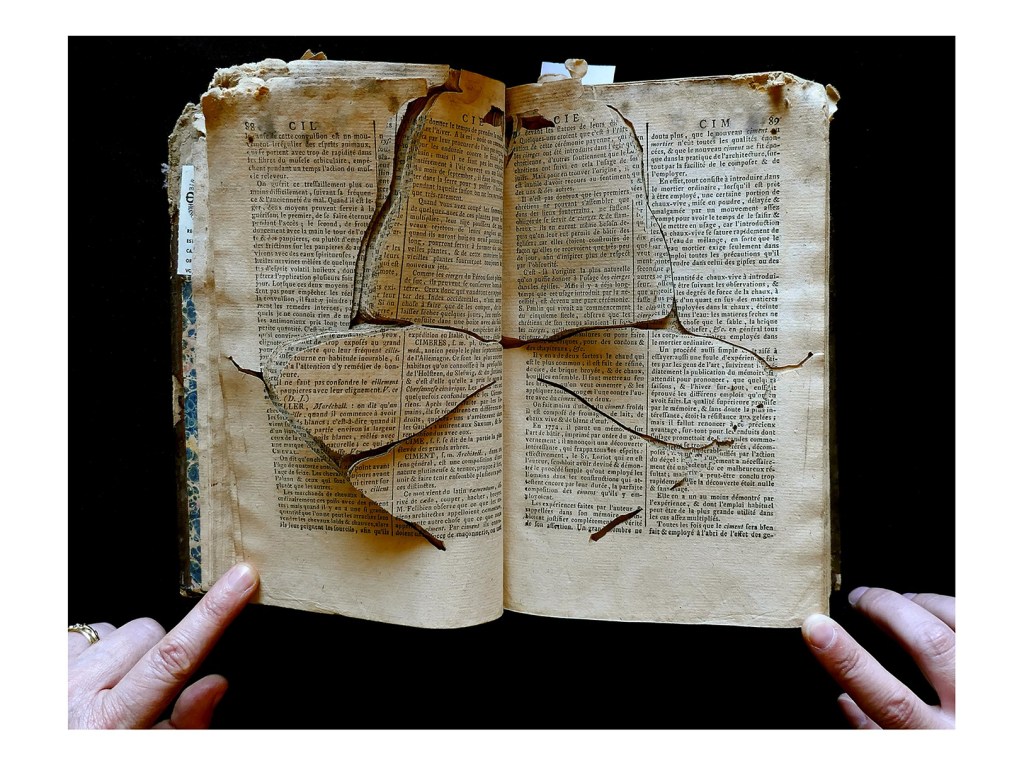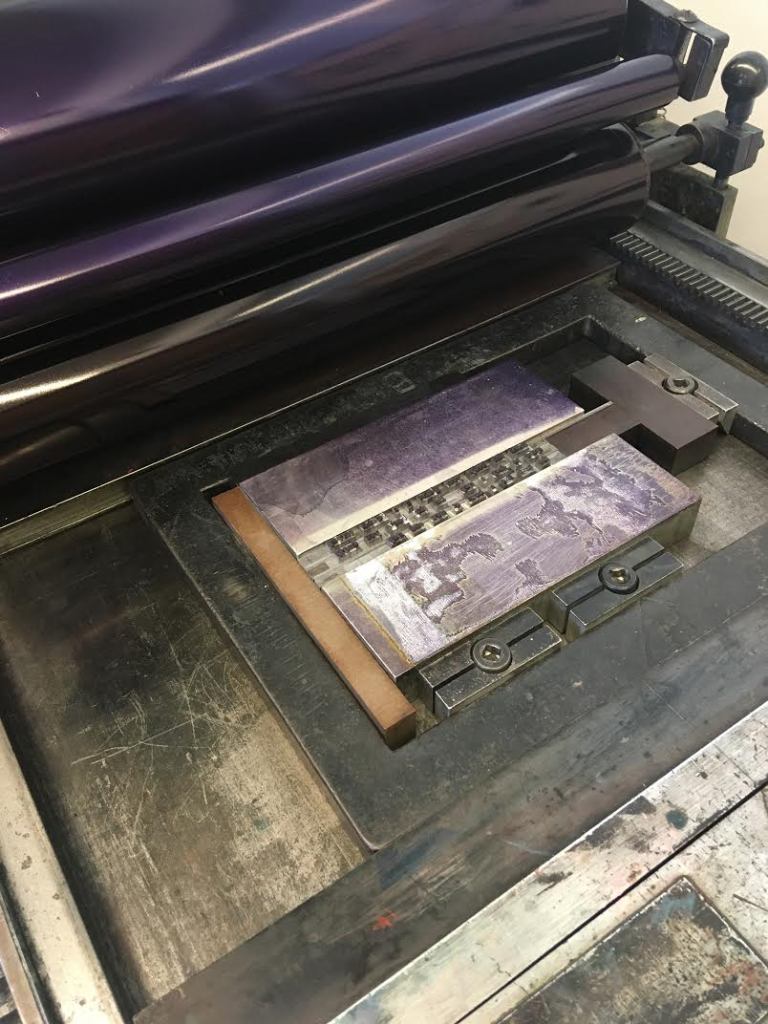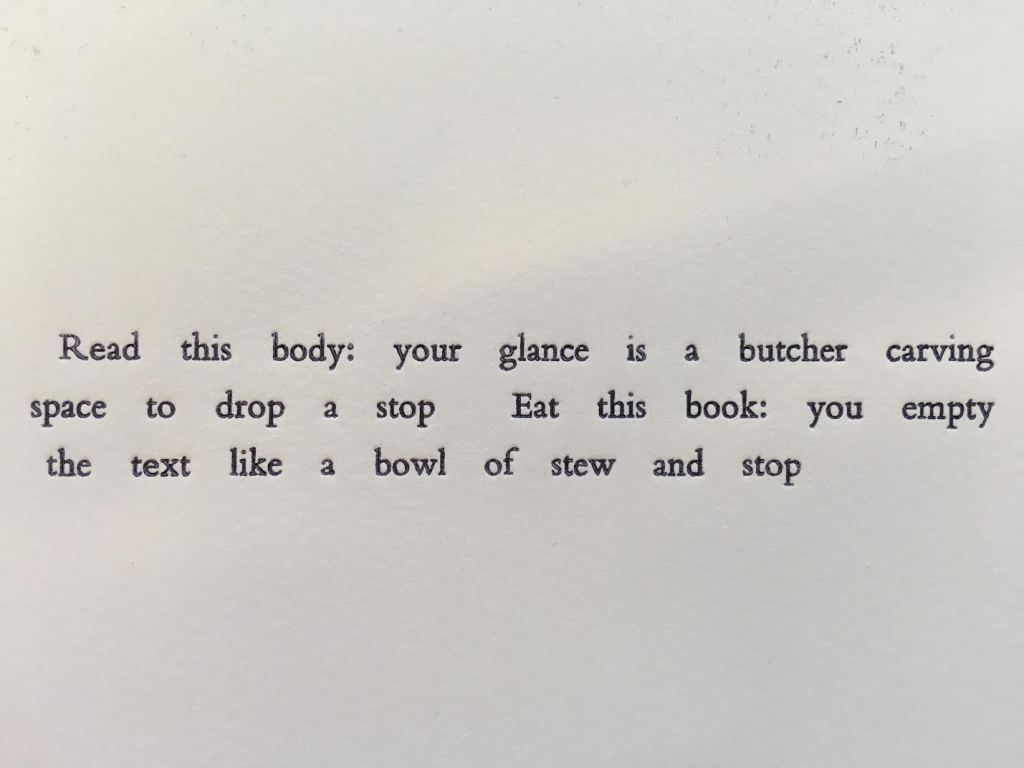Welcome to the second installment of the weird and not-at-all-even-semi-regular newsletter of Nappiness! This summer has already been a doozy, and things are happening, and all indications seem to be that they will keep happening. Without further ado…
I’m still reading some things.
Roy Christopher invited me to contribute to his Summer Reading List for the year (thanks, Roy!), and it came out last week. Head over there to check out my reflections on what summer even is this year, and on how I’m reading and cooking through the moment. Sci fi fans should read Steven Shaviro’s recommendations especially closely, now and always. I lurk on his fabulous blog all the time: in all matters scifi, he is the Jedi to my Padawan. I will read whatever he recommends.
In the meantime, I’ve been working my way through:
- Andy Weir, Project Hail Mary
- Minima Moralia (that Twitter photo of the guy with the green juice totally spurred a summer resolution to read a bit of MM every day, and yes I am that suggestible, please love me – or at least tolerate me – anyway)
- My own book, Translating Early Modern China: Illegible Cities (This is entirely a result of preparing to deliver two different book talks over the past two weeks, and feeling like I needed to reacquaint myself with the thing as I designed those lectures. Speaking of which, you can now order copies in the US! Huzzah!)
- Hugh Acheson’s Sous Vide (for reasons that will become clear, below)
- Måneskin’s Twitter feed (for reasons of Extreme Awesomeness of Music, and also for reasons of Extreme And Totally Unreasonable Hotness Like All Four Of Them Seriously Are They Eternal Vampires Of Hotness Or Are Some Magical People Just Born Like That And When The Stars Align They Somehow Find Each Other And Make Awesome Music I Can’t Even With This But Also I Very Much CAN Even With This, and also because when I grow up I will be the screamer in their band)
Read this book. Eat this book.
For a little while, now, the brilliant Dianna Frid and I have been percolating a project that I have been calling Wormholes. (You can read about how it was born in the course of Dianna’s work, and how it’s metamorphosing as a collaborative project, on Dianna’s website. You can find us in conversation with Cesáreo Moreno about the project for the DePaul Art Museum over at this link. And, incidentally: everyone should have an opportunity to be in conversation with Cesáreo about everything, he’s such a fabulous and generous interlocutor.) Dianna and I spend time in libraries and rare book collections and archives whose holdings include volumes that have housed wormy dwellers, insects of different sorts, whose presence in a book has left traces. The wormholed volumes bear witness to their lives and life cycles. We have spent some time in the Newberry Library, working with some of their materials (and will return to that work as the pandemic allows). But right now we’re working with images of materials we spent two weeks with in 2019 in Oaxaca at the fabulous Burgoa Library. Check out this flower growing out of Diderot’s Encyclopedia (via Dianna’s website): we opened the book and there it was.

This is the kind of magic we’re finding, and we’re working with it right now in a collaboration between Dianna’s amazing images and my stories written about/with the books. We’re currently putting together two pieces that use the Burgoa wormholes: one for the pages of the forthcoming second issue of Inscription, and another for a related gallery opening in London this autumn. The gallery piece is a virtual reality experience emerging from a collaboration with the fabulous Ian Truelove. Ian is amazing. As part of the work of designing the VR experience, he put together a letterpress imprint of the text that I wrote for the piece, and I need to share the photos with you because I adore them. So here’s a dispatch from Wormholes, via Ian’s photos, with much more to come. xoxo



Epitaphs of Epigraphs
As I am invited to lecture on my new book (which I’m happy to do via Zoom! feel free to contact me!), I’ve been treating the experience as a kind of distributed lecture series in which I decompose the book in different ways. For the Columbia University Weatherhead East Asia Institute midmonth, I did that via the book’s index. For the Leslie Brooks Lecture at Durham University last week, I led the Zoomroom through my book via the ghosts of epigraphs that never made it into the publication. The fabulous Richard Scholar referred to the result as “epitaphs of epigraphs,” and I love that so much that I’m keeping it, and so here are the epitaphs of my book’s epigraphs, chapter beginnings that never were.
“We pride ourselves on being civilized people. Yet what if the names for things were utterly different? Italy, for example. I have a friend named Andreas, an Italian. He has lived in Argentina as well as in England, and also Costa Rica for some time. Everywhere he lives, he invites people over for supper. It is a lot of work. Artichoke pasta. Peaches. His deep smile never fades. What if the proper name for Italy turns out to be Brzoy? – Will Andreas continue to travel the world like the wandering moon with her borrowed light? I fear we failed to understand what he was saying or his reasons. What if every time he said ‘cities’ he meant ‘delusion’, for example?”
Anne Carson, “Short Talk On Parmenides” from Short Talks (1992)
“My mind is bent to tell of bodies changed into new forms. Ye gods, for you yourselves have wrought the changes, breathe on these my undertakings, and bring down my song in unbroken strains from the world’s very beginning even unto the present time.”
Ovid, Metamorphoses (Tr. F J Miller, rev. G P Goold)
Dilated by immense visions
bright with the firelight from the outcome
of judgments, which never destroy him,
are his eyes, gazing out from under thick
brows. And in his inmost soul
already words are raising themselves again.Not his words (for what would his be
and how indulgently would they be lavished?)
but others, severe: pieces of iron, stones,
which he must dissolve like a volcanoin order to cast them forth in the outburst
from his mouth, which curses and damns;
while his forehead, like the face of a hound
seeks to transmit thatwhich the Master chooses within his mind:
Sylvia Plath’s translation of Rilke’s “A Prophet,” in Sylvia Plath (Ted Hughes, ed.), The Collected Poems (New York: Harper & Row, 1981), 296
this One, this One, whom they all might find
if they followed the great pointing hand
which reveals him as he is: enraged.
“I tell you, if you feel strange, strange things will happen to you”
Rita Dove, “Best Western Motor Lodge, AAA Approved,” in Rita Dove, Collected Poems: 1974-2004 (New York: W. W. Norton & Company, 2016), 315
Housekeeping
It turns out that housekeeping (and associated homemaking-related tasks) are fundamental to how I think of my work. Who knew? … Actually, ok, I knew this, on some level, when I moved to Pittsburgh. (Shortly after landing here, I starting writing with, and about, my house. You can find a recipe for celery and thoughts on glass and light and cotton, and a reflection on the door to nowhere that’s in my basement, over at The Invisible College. A lot of the things I’m interested in, in my research and reading and writing, I’m also interested in in the context of my daily home life. And I knew that housekeeping – homemaking – was explicitly part of where I wanted to put my scholarly and creative energy and attention. And I was thinking of inspirations like Derek Jarman (Prospect Cottage! Love!) and Morgan Puett (Mildred’s Lane! Also love!). But/and then the pandemic hit and I found myself home alone for 1.25 years (and counting!) and it became just completely laughable to pretend to maintain a separation between home and work in so many ways, and so I’ve recently started to learn how to embrace it. And I’m thinking, maybe I will actually write some kind of a housekeeping manual, of a sort. And I’ll use this newsletter to develop bits of it as we go.
In newsletters to come, I’ll introduce you to my kitchen crew. At the moment this includes me, my cat Deke, Big Snacky (the immersion circulator), and the (currently nameless) new dehydrator. (Also, the colony of ants that insisted on sharing the crackers that I had forgotten to wrap up, this weekend. But that’s another story.)

I’ll tell you about what happened after I bought a dehydrator this spring, and I filled little glass jars with green and orange powders and scattered them across my kitchen like one of the elemental historians I write about. About how this experience is so much of what I loved about painting, when I used to paint: not the images on the canvas but the shelves of pots and jars and tubes of color. About how I bring things home, now, specifically so that I can make them into little puffs and gems and jewels. Tomato raisins. Rhubarb snow. Ramp dust.
But for now, thanks for reading! xo
